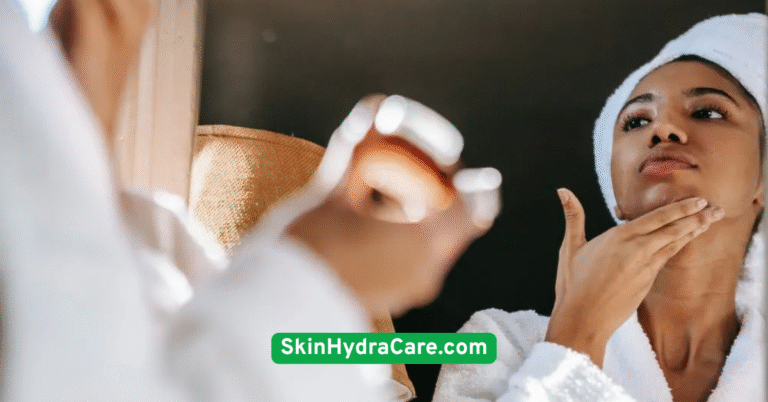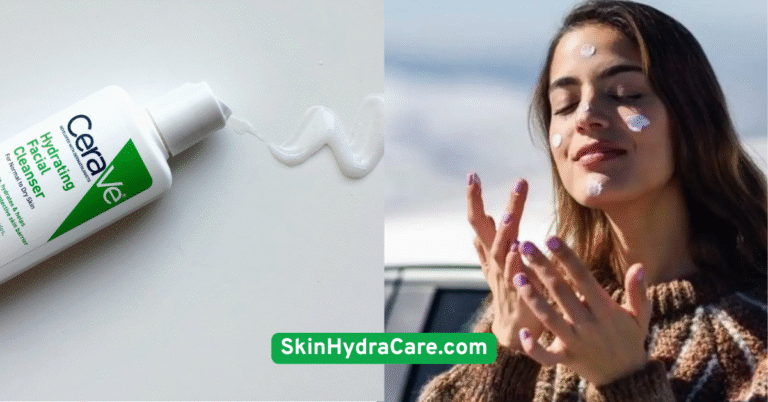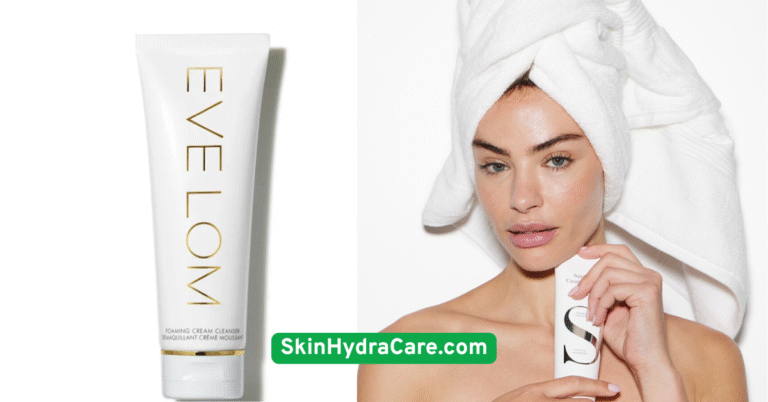20 Gentle Skincare Tips to Calm Redness

1. Use a Gentle, Fragrance-Free Cleanser
A lot of people don’t realize their cleanser is the root cause of their redness. Harsh formulas — especially ones with sulfates, alcohol, or artificial fragrance — can strip your natural oils and leave your skin feeling tight, inflamed, or itchy.Instead, switch to a pH-balanced, fragrance-free cleanser that respects your skin’s natural barrier. Look for calming ingredients like glycerin, ceramides, or panthenol. These help cleanse without causing irritation.Gel, cream, or milk-based cleansers tend to be more forgiving. Use lukewarm water, massage gently, and rinse thoroughly. Avoid using cleansing brushes — your hands are more than enough.

2. Avoid Hot Water on Your Face
Hot water might feel amazing in the shower, but your skin doesn’t love it. High temperatures increase blood flow to the surface of the skin, which worsens redness and may break down delicate capillaries over time.Use lukewarm water to rinse and wash your face instead. If you’re dealing with significant inflammation, try ending your routine with a splash of cool (not cold) water to tighten vessels and calm the skin.A good tip? Shorten your shower time and avoid having the stream hit your face directly. It’s an easy, zero-cost way to calm your complexion.

3. Apply Green Tea-Infused Products
Green tea isn’t just soothing in your mug — it’s also a skincare superhero. Rich in polyphenols and antioxidants, green tea extract reduces inflammation, fights free radicals, and strengthens the skin’s defense system.Look for serums or toners with Camellia Sinensis leaf extract — the fancy name for green tea. These are especially useful in the morning to reduce puffiness and redness.You can also DIY a green tea compress: brew a bag, chill it, and gently press it against red patches. It’s like a mini spa treatment your skin will thank you for.

4. Opt for a Minimalist Skincare Routine
When your skin is angry, overwhelmed, or red — simplicity is your best friend. The more products you layer on, the higher the chance of irritation.Focus on the basics:
- Cleanser
- Moisturizer
- Sunscreen
That’s your core trio. If your skin is tolerating that well, you can slowly reintroduce calming serums like niacinamide, azelaic acid, or centella asiatica. But go slow.Less truly is more when it comes to redness-prone skin.

5. Never Skip Sunscreen
Sun exposure is one of the leading triggers for facial redness, especially if you’re dealing with rosacea or sensitive skin. UV rays damage your skin’s protective barrier and cause inflammation — which makes redness worse.Use a mineral-based sunscreen with zinc oxide or titanium dioxide. These sit on the skin rather than soaking in, making them gentler for sensitive faces.Aim for SPF 30 or higher, and reapply if you’re out in the sun for more than two hours. A little protection every day adds up in the long run.

6. Moisturize Consistently, Day and Night
Hydration is your skin’s best friend. When your barrier is dry or compromised, it becomes more reactive, leading to — you guessed it — more redness.Use a fragrance-free, non-comedogenic moisturizer that’s packed with barrier-supporting ingredients like ceramides, squalane, and hyaluronic acid.Layer your moisturizer on damp skin (right after cleansing or applying toner) to lock in hydration. At night, consider a richer formula to support overnight repair.

7. Try Cold Compresses for Instant Relief
When your skin is flaring up, a cold compress is like hitting the reset button. The cold constricts blood vessels, reducing visible redness and calming heat.Use a clean washcloth soaked in cold water or a refrigerated gel mask for 5–10 minutes. Avoid placing ice directly on your face — that can damage delicate tissue.You can also refrigerate your skincare products (like aloe gel or green tea toner) for a refreshing bonus effect.

8. Ditch Harsh Exfoliants and Scrubs
Physical exfoliants (like walnut scrubs or gritty cleansers) may feel satisfying, but they can tear and irritate sensitive skin, especially if you already deal with redness.Switch to gentler options like polyhydroxy acids (PHAs) or low-concentration lactic acid. These exfoliate without penetrating too deeply, making them suitable for delicate complexions.And remember: exfoliating once a week is enough. Your skin isn’t a floor — don’t scrub it raw.
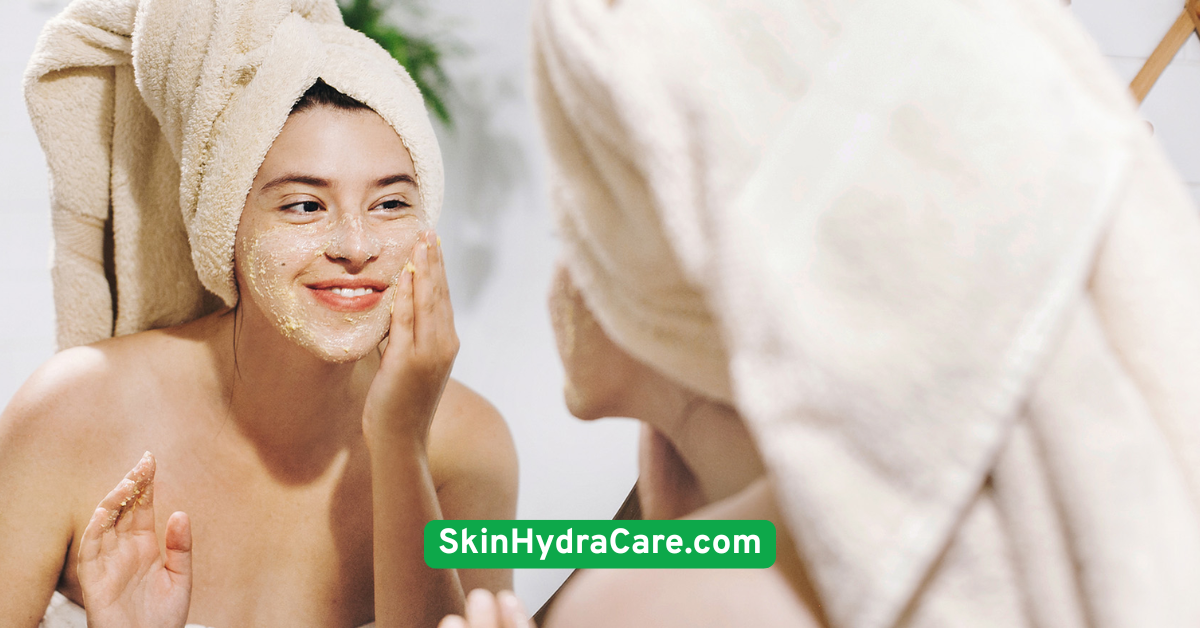
9. Incorporate Aloe Vera Into Your Routine
Nature’s skin soother — aloe vera — is packed with calming, anti-inflammatory benefits. It cools irritation, hydrates dry spots, and promotes healing without clogging pores.Look for products with pure aloe extract as one of the first ingredients. Or use 100% aloe gel from a trusted brand. Just make sure it’s alcohol-free — many commercial gels sneak it in.You can also grow your own aloe plant and use fresh gel straight from the leaf!

10. Switch to a Microfiber Face Towel
Drying your face with a standard towel can cause friction — and friction is no friend to red skin.Try a microfiber or bamboo towel. These are ultra-soft and less abrasive, making them ideal for reactive skin.Always pat your face dry — never rub. And make sure your towels are clean. Bacteria buildup can silently trigger breakouts and irritation.

11. Use Honey-Based Face Masks Weekly
Raw honey is naturally antibacterial, anti-inflammatory, and ultra-soothing — making it the perfect ingredient for calming skin masks.Apply a thin layer of raw or manuka honey to clean skin and let it sit for 10–15 minutes. Rinse with lukewarm water and pat dry.If you prefer store-bought, look for honey-infused masks with minimal ingredients. Bonus: honey adds a healthy glow!

12. Strengthen Your Skin Barrier with Niacinamide
Niacinamide, or Vitamin B3, is a true multitasker. It reduces inflammation, strengthens your skin barrier, and fades redness over time.It’s suitable for most skin types and can be found in serums, moisturizers, and even cleansers. Start with a 2–5% concentration to minimize any initial irritation.Consistency is key — give it a few weeks and you’ll likely notice a calmer, more even complexion.

13. Avoid Alcohol-Based Toners
Toners can be hydrating, balancing, and soothing — but only if they’re alcohol-free. Alcohol strips your skin, weakens the barrier, and triggers flare-ups.Instead, choose toners with calming ingredients like rose water, oat extract, or cucumber. These deliver hydration and reduce redness without any sting.Apply with clean hands or a cotton pad after cleansing, and follow immediately with moisturizer.

14. Go for Oil Cleansing (If It Suits You)
Surprisingly, oil can help calm sensitive skin — as long as you choose the right ones. Jojoba, hemp seed, and marula oil are lightweight and soothing.Oil cleansing dissolves makeup and grime without harsh rubbing or stripping your skin’s moisture.Apply oil to dry skin, massage gently, and remove with a soft, damp cloth. If needed, follow up with a second gentle cleanser (a process called double cleansing).

15. Sleep on a Clean, Hypoallergenic Pillowcase
Your pillowcase touches your face for 6–8 hours every night — so it better be clean and gentle!Switch to silk, bamboo, or organic cotton pillowcases. These are breathable and reduce friction. Bonus: silk helps prevent sleep lines and moisture loss.Change your pillowcase at least twice a week. It’s a small change that can make a big impact.

16. Identify and Eliminate Trigger Ingredients
Redness often stems from hidden culprits in your routine. Common triggers include sulfates, fragrance, dyes, menthol, and essential oils.Start reading your product labels carefully. If your skin reacts after using something new, stop immediately and give your skin time to calm down.Keeping a skin diary helps you track patterns and pinpoint troublemakers.

17. Use Probiotic Skincare to Balance Microbiome
Your skin has its own ecosystem — the microbiome — and when it’s out of balance, redness can worsen. Probiotic skincare introduces beneficial bacteria to restore harmony.Look for moisturizers or serums with lactobacillus ferment, bifida extract, or “microbiome-friendly” labels.Over time, this can reduce sensitivity and strengthen your skin’s natural defenses.

18. Reduce Stress with Mindful Skincare Rituals
Stress doesn’t just mess with your mind — it also shows up on your face. Cortisol, your stress hormone, can trigger inflammation, breakouts, and redness.Make your skincare routine a moment of self-care. Light a candle, play calming music, and slow down.Incorporating a few minutes of mindfulness, journaling, or breathing exercises into your routine helps your whole system — including your skin — feel more balanced.
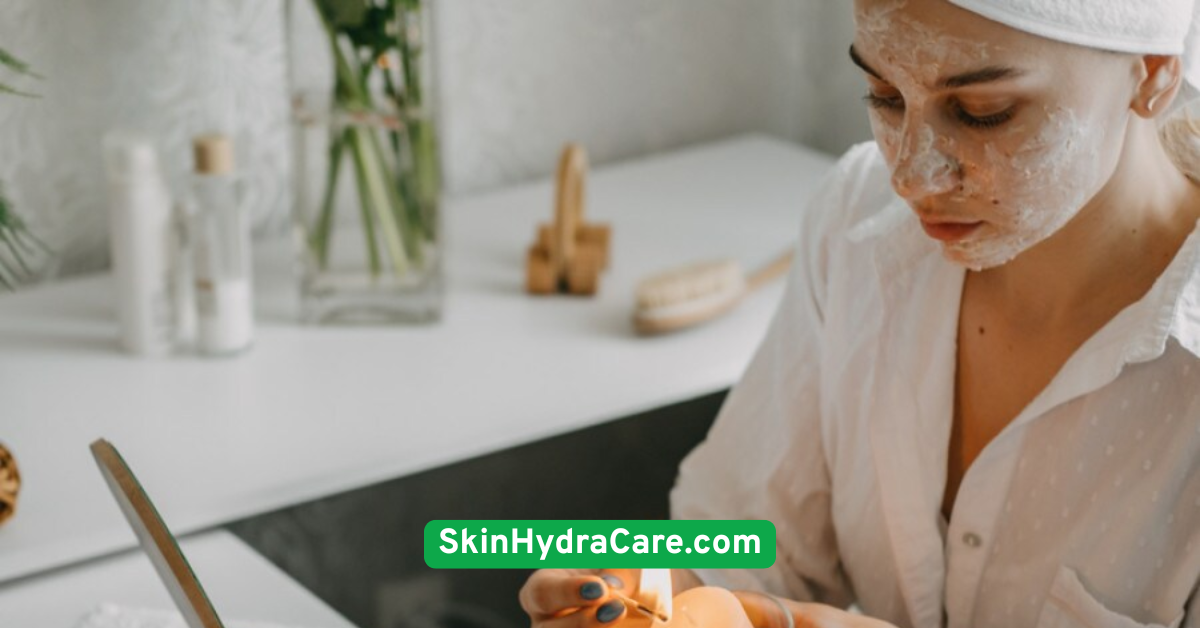
19. Consult a Dermatologist About Prescription Options
Sometimes, drugstore products just aren’t enough. If your redness is persistent or painful, it’s worth talking to a dermatologist.They may prescribe topical treatments like azelaic acid, metronidazole, or sulfur-based creams. These are especially helpful for rosacea and chronic inflammation.Don’t wait too long to seek professional advice — catching things early often leads to better results.

20. Focus on Anti-Inflammatory Nutrition
What you eat matters. Inflammatory foods like sugar, dairy, alcohol, and spicy dishes can make redness worse. On the flip side, anti-inflammatory nutrients help calm your skin from within.Focus on foods rich in omega-3s (like flaxseeds, salmon, and walnuts), vitamin C, and turmeric. Green leafy veggies, berries, and lots of water support your glow too.Beautiful skin starts in the kitchen!

Conclusion
Red, reactive skin isn’t a life sentence. With the right habits and skincare approach, you can significantly reduce redness and bring your skin back to a calm, healthy state. Whether it’s switching to a fragrance-free cleanser, embracing aloe vera, or sipping green tea while wearing a honey mask — every gentle step counts.Remember, consistency is more powerful than any trend. Don’t rush the process. Your skin didn’t become inflamed overnight, and it won’t calm down overnight either. But with love, patience, and a little smart strategy — your glow is coming.


